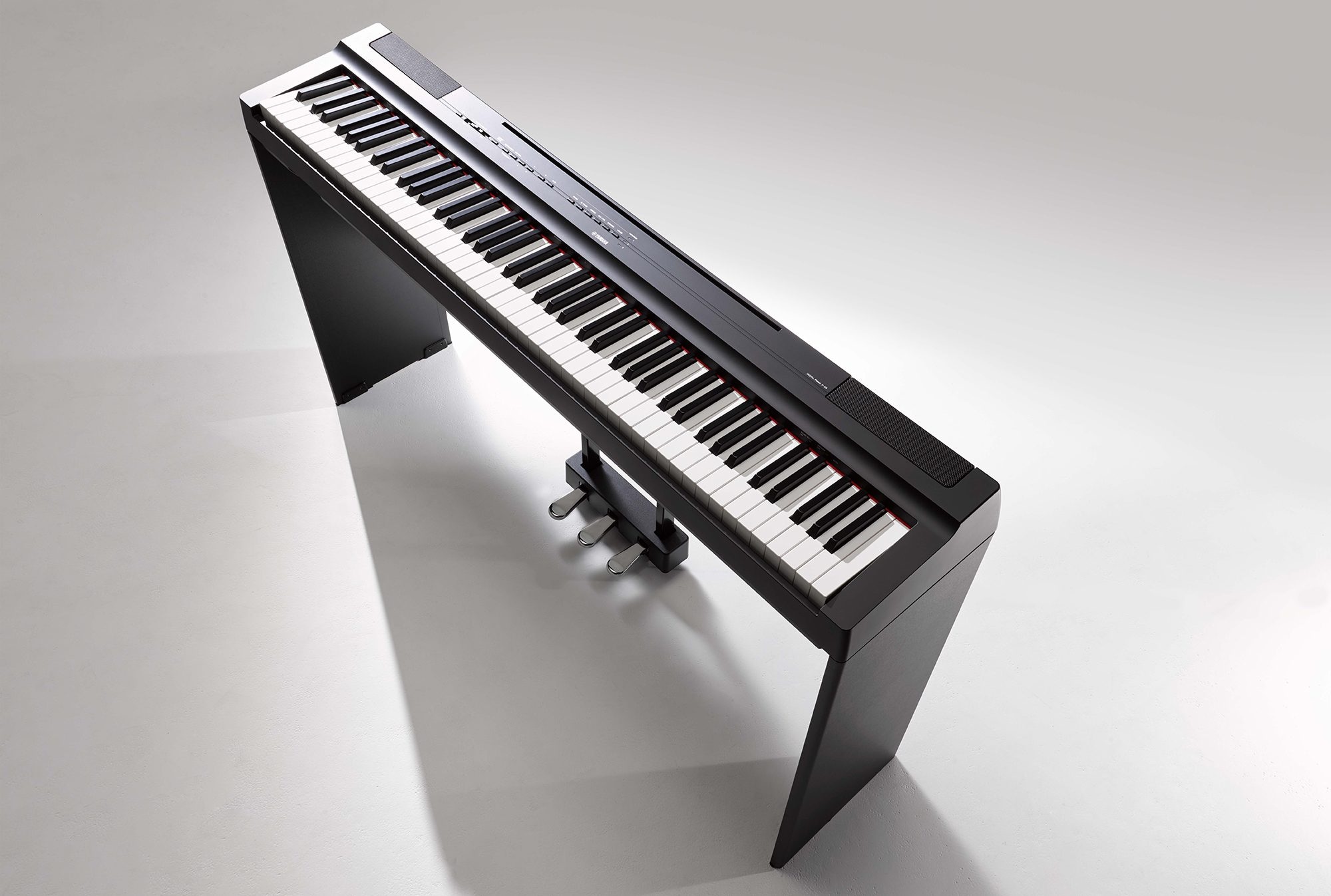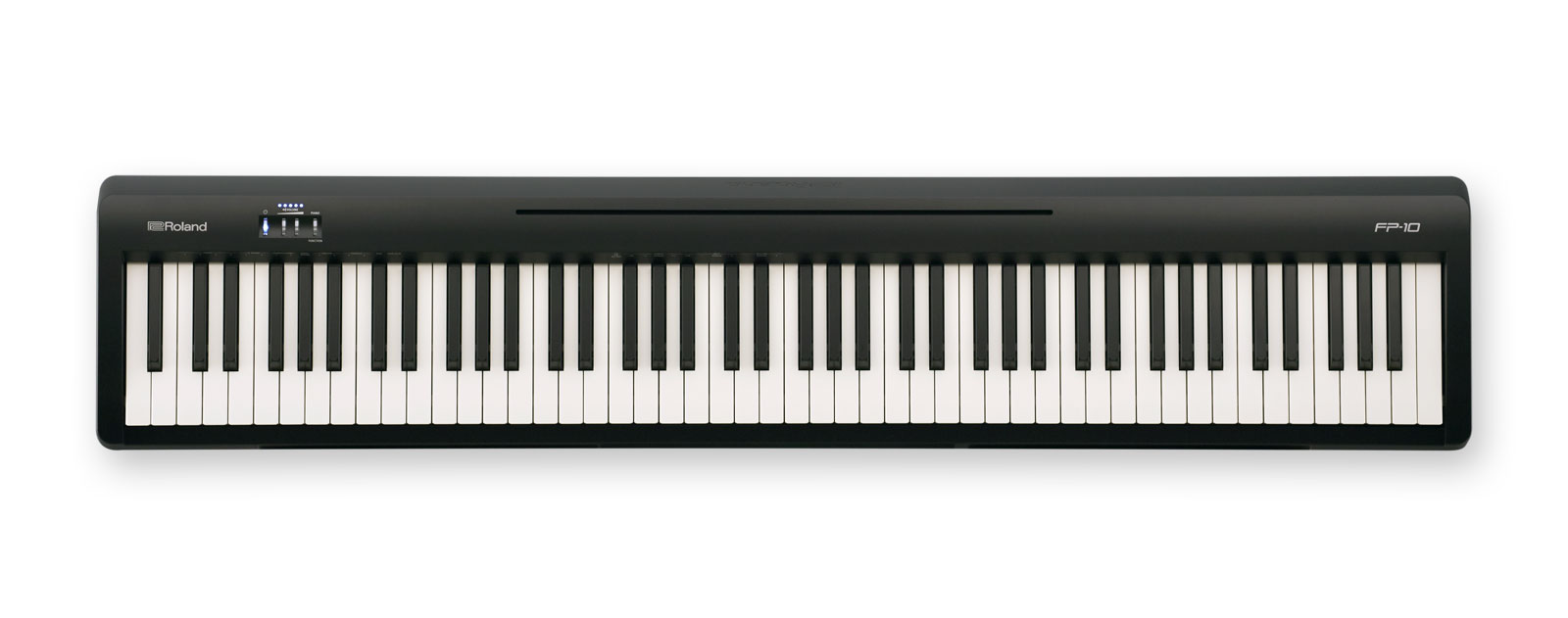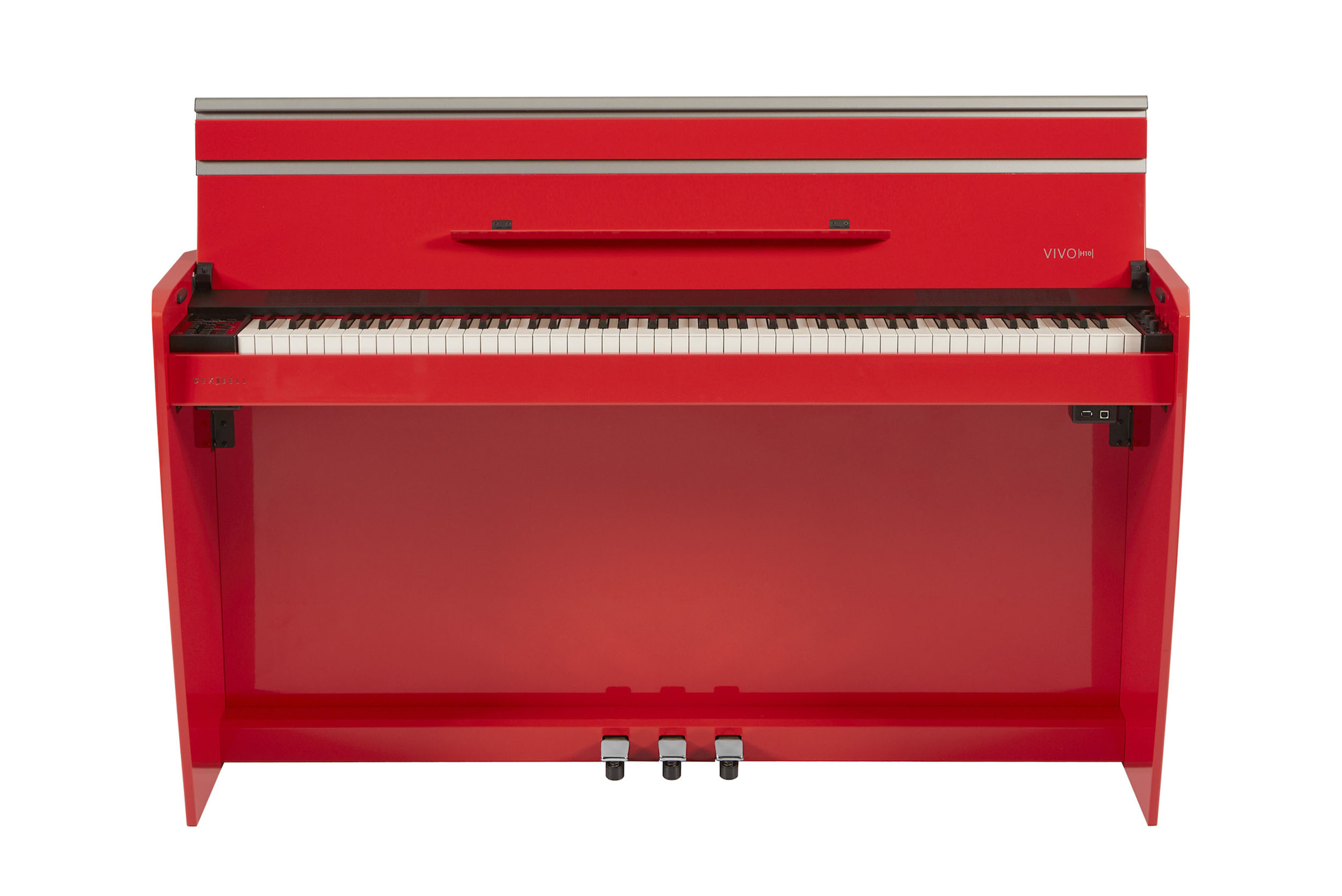Buying your first piano is a big deal, but don’t worry! Piano teacher Lisa Witt and keyboard expert Truman Proudfoot are here to help you find the best beginner keyboard to jumpstart your music journey. In this post, we’ll tell you what to look for when you’re piano-shopping and we’ll review eight keyboard models that are fit for beginners.
*This article contains affiliate links, which means we might earn a small commission from the product seller if you make a purchase. For more info, check out our privacy page.
Subscribe to The Note for exclusive interviews, fascinating articles, and inspiring lessons delivered straight to your inbox. Unsubscribe at any time.
Here’s a quick checklist if you’re in the market for a new instrument:
Try to get 88 keys if you can because this is the standard number of keys on a piano. But don’t panic if you can’t get 88 keys. Many modern keyboards allow you to adjust the octave so you can still access higher or lower notes if you get 49, 61 or 76 keys.
Now this one is important! If you want to learn how to play the piano with proper technique, you need weighted keys. “Weighted” means the key responds to how hard or light you play. The harder you play, the louder the music will be. Each keyboard will have a different key velocity too.
At the end of the day, buying the best beginner keyboard is a personal decision and comes down to how you feel when you play the keys. So always try before you buy! Pro tip: bring a pair of headphones to the store with you.
“There’s not a lot to get in the way of distractions when you’re playing. It’s a pure and simple piano.” – Truman

🎹 YAMAHA P-45 SPECS:
If you don’t want to break the bank and just want a piano to play on, this is the perfect entry-level keyboard for you. And despite being basic, the P-45 has ten voices, a metronome, reverb, and onboard speakers. Lisa notes that the sound is bright but the velocity is not quite what she prefers. However, the keys are easy to push and the key surface feels good.
“The generous step up compared to the 45.” – Truman

🎹 YAMAHA P-125 SPECS:
The P-125 (and the P-125a, which has slightly different outputs) is a step up from the P-45. It has more features, better speakers, three times as much polyphony, and a more detailed and nuanced sound engine, which makes for a more realistic sound. The keys are also higher-quality and there is more dynamic control. If you can swing it, Lisa suggests upgrading to this piano from the P-45. Lisa herself had an older model of this piano at home for years and practiced everything on it, including classical pieces.
“Every key is sampled individually. It is a very true-to-form acoustic piano when you’re playing.” – Truman

🎹 ROLAND FP-10 SPECS:
Another entry-level keyboard, the Roland FP-10 is in the same class as the Yamaha P-45. However, Roland offers a more complex sound engine. Their SuperNATURAL system samples each key individually (clarification update: Yamaha’s AMW does this too). Other perks of this keyboard include Bluetooth MIDI and a more realistic wood grain texture on the keys, which Lisa really likes.
“Aside from the luxury Dexibell, my favorite was the Roland FP-30X.” – Lisa

🎹 ROLAND FP-30X SPECS:
The Roland FP-30X is a step up from the FP-10. It features more sounds, more polyphony, a higher quality build and speakers, and it is compatible with a three-pedal unit. The action type is the same as the FP-10 and this piano also features Roland’s SuperNATURAL sound engine. Between the Yamahas, Lisa suggests upgrading to the P-125 if you can. But between the two Rolands, there is a less of a difference because they use the same action and sound engine; the 30X just has more features.
It’s all about the experience. The better the piano the better your experience the more likely you are to play, the more you’ll enjoy, the better the feeling!
Truman
“It’s a good looking piano!” – Lisa

🎹 CASIO PX-S1100 SPECS:
The Casio PX-S1100 is a sleek, beautifully designed entry-level instrument. It also features the newest and fastest Bluetooth MIDI technology, two headphone outputs, and textured keys that mimic the real thing. However, Lisa found that its dynamic range was not as nuanced as the Rolands, but it still sounds good.
“The extra features, the polished finish, it all added up to a very complete and diverse experience for me. Not just from a piano player’s perspective, but from a musician’s.” – Truman

🎹 CASIO PX-S3100 SPECS:
The Casio PX-S3100 is similar to the PX-S1100 but with many more features, including a fun pitchbend wheel! Truman likes this keyboard not so much as a pianist, but as a keyboardist because it has many of the features synth players value. Meanwhile, Lisa notes that the edges of the Casio keys are rather sharp, which make them less pleasant to play on.
“This is a piano that can last you your entire learning journey.” – Lisa

🎹 DEXIBELL VIVO H10
MSRP: $6,599.99 USD
The Dexibell VIVO H10 stands out in this list as a much higher-end instrument. This is a luxury piano that should last for years and makes a fabulous furniture piece in your home. The VIVO H10 features wood action keys and a sound engine that is similar to the quality of the SuperNATURAL. Called the T2L or “True to Life,” it’s very detailed and expressive and should satisfy the most discerning pianists. Our classical coach Victoria Theodore taught her course on a Dexibell.

🎹 ROLAND GO:PIANO
You’ve probably seen the GO:PIANO‘s little sister, the GO:KEYS, on our YouTube videos! This ultra-portable piano comes in both 61-key and 88-key versions, and if you choose the 61-key version, you can still adjust the octave. The keys are a little springy, but the GO:PIANO still sounds pretty good. You probably shouldn’t learn proper technique on this instrument, but with its built-in speakers and batteries, this is the perfect keyboard to take to the park.
We hope these piano reviews bring you a step closer to finding your dream instrument! Remember: there is no one best beginner keyboard for everyone; the best way to find your instrument is to play as many pianos as you can. Good luck and happy practicing!
Subscribe to The Note for exclusive interviews, fascinating articles, and inspiring lessons delivered straight to your inbox. Unsubscribe at any time.
Pianote is the Ultimate Online Piano Lessons Experience™. Learn at your own pace, get expert lessons from real teachers and world-class pianists, and join a community of supportive piano players. Learn more about becoming a Member.


By signing up you’ll also receive our ongoing free lessons and special offers. Don’t worry, we value your privacy and you can unsubscribe at any time.
We use cookies for traffic data and advertising. Cookie Policy »